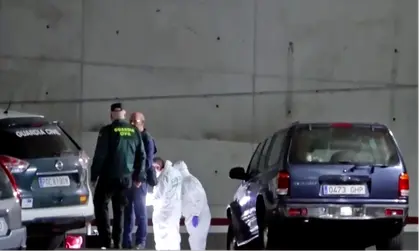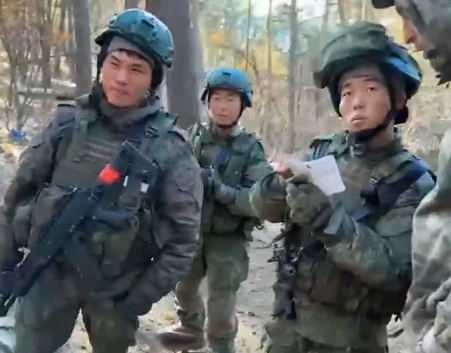Ukraine potentially received another blow to its ability to defend itself from continuing brutal Russian attacks with the appearance of unspecified Ukrainian military positions and systems on Google’s Oct. 12 update of its freely accessible satellite imagery maps, according to Andriy Kovalenko, head of Kyiv’s Center for Countering Disinformation (CCD) at Ukraine’s National Security and Defense Council (NSDC).
Kovalenko said that once the issue was identified Ukraine contacted Google asking them to resolve the issue quickly, but its response was delayed because it was the weekend. He added: “Meanwhile, Russians are actively circulating these images.”
JOIN US ON TELEGRAM
Follow our coverage of the war on the @Kyivpost_official.
Kovalenko did not say which locations, or which equipment had appeared in the images. In a later post on Telegram he said that representatives for Google had reached out, acknowledged the oversight and assured the Ukrainian authorities “that they are already working to rectify the situation with the images of our military systems.”
Google is likely aware of the issue since as early as February, when Kyiv Post reached out to the company regarding the same issue, to which its press office simply said it “[considers] opportunities to refresh [its] satellite imagery as it becomes available” without addressing any concerns on the display of military installations, including whether the company has internal policies pertaining to said issues.

Which Foreign Leaders Are Invited to Trump’s Inauguration?
Google also told Kyiv Post at the time that it utilizes “a broad range of providers, including public, government, commercial and private sector sources” while updating the satellite images, with timestamps on Google Earth showing that areas are updated periodically from different providers.
Google has worked with some governments to obscure military objects on its publicly available satellite images, with Belgium once threatening to sue the tech giant due to the latter’s failure to comply with the request.
Former members of Ukraine’s NSDC and security services (SBU) suggested the updated images would have only a limited impact. They were probably captured a month or more ago, and although they would show permanent installations such as military bases, manufacturing plants and training camps, military equipment and weapons will have long moved on as the situation on the front line is fluid and constantly changing.
Open-source satellite and other imagery has proved an indispensable tool in support of planning by the militaries on both sides of the war in Ukraine as well as analysts in monitoring the progress of the fighting and to assess the results of missile and drone attacks. This latest situation highlights the double-edged sword that these satellite imagery services represent between transparency and the maintenance of security in war zones.
Kovalenko said Ukraine was frustrated and concerned by Google’s initial delay in addressing Kyiv’s concerns, which he said maintained the continuing threat to those military assets as Kyiv’s forces are facing fierce Russian attacks which are making creeping gains in the southern and eastern sectors of the battlefield as the war heads into winter.
That said, both Kyiv and Moscow have utilized commercial satellite images – at times through brokers – to obtain up-to-date information to aid military strikes, where an investigation by The Atlantic established that there is likely little to no oversight in acquiring satellite imagery through resellers.
On Saturday, Oct. 2 Gen. Oleksandr Syrsky, Commander-in-Chief of the Ukrainian Armed Forces said during a meeting with Karel Rzegka, Czechia’s Chief of the General Staff, that Ukraine was “holding back one of the most powerful Russian offensives” since Moscow began its full-scale invasion nearly three years ago.
You can also highlight the text and press Ctrl + Enter










